The humble compost pile, often tucked away in a corner of the garden, serves as more than just a recycling center for kitchen scraps and yard waste. For many birds, it represents a veritable feast—a buffet of delicacies that attracts various species throughout the seasons. As organic matter breaks down, it creates an ecosystem teeming with insects, seeds, and other morsels that birds find irresistible. This natural relationship benefits both birds and gardeners: the birds receive nourishment, while gardeners gain natural pest control and the joy of wildlife observation. Understanding why birds are drawn to compost piles not only enhances our appreciation of these feathered visitors but also helps us create more bird-friendly gardens that support local biodiversity.
The Insect Attraction: A Protein-Rich Feast
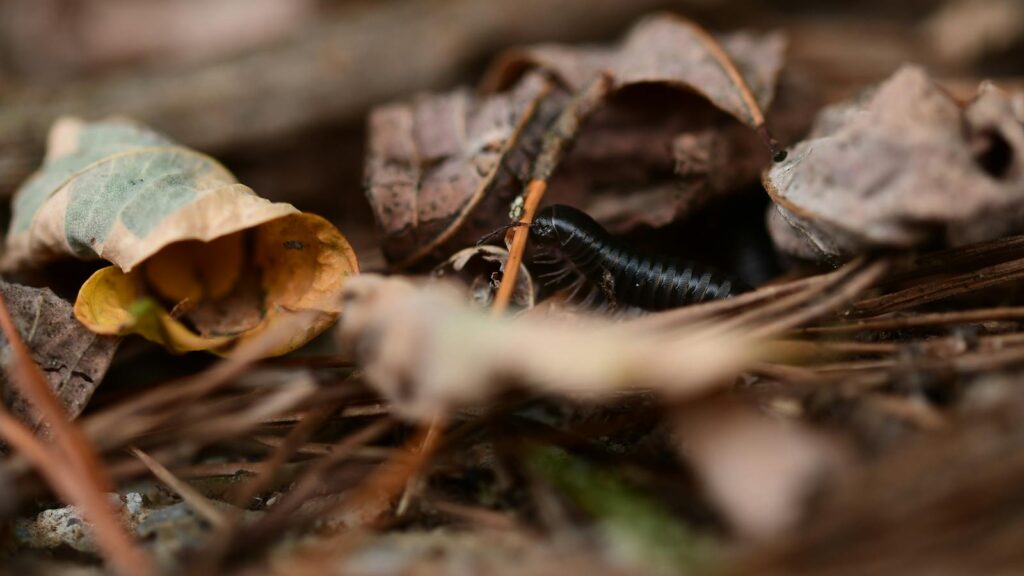
Compost piles are teeming with insects that break down organic matter, making them prime hunting grounds for insectivorous birds. Species like robins, bluebirds, and wrens regularly visit compost heaps to feast on beetles, flies, earwigs, and their larvae. These insects provide essential protein that birds need, especially during breeding season when they’re feeding hungry nestlings. The consistent warmth of an active compost pile ensures insect activity even during cooler months, making it a reliable food source year-round. Many gardeners report seeing birds perched nearby, waiting patiently for the pile to be turned so they can swoop in and capture the exposed insects.
Seed Seekers: Finding Treasures in the Decay
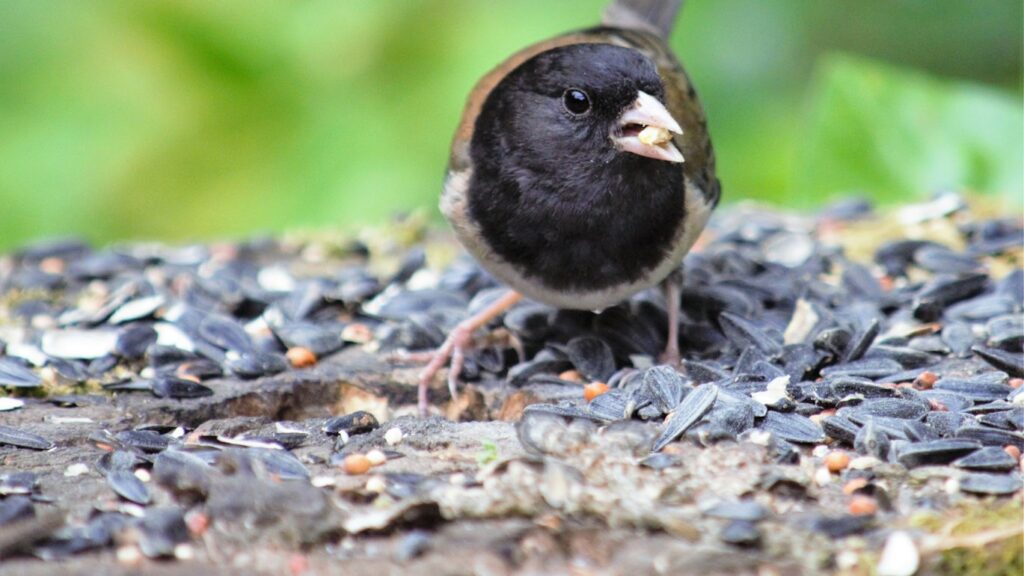
Compost piles often contain seeds from kitchen scraps, fallen fruits, or yard waste that attract seed-eating birds like finches, sparrows, and juncos. These birds have specialized beaks designed for extracting and cracking seeds, allowing them to find nourishment even in decomposing material. Interestingly, some seeds become more accessible to birds after going through partial decomposition in the compost, as their outer coatings soften. Seasonal changes in seed availability make compost piles particularly valuable food sources during winter months when natural seeds are scarce. Observant gardeners might notice different bird species visiting their compost throughout the year as seed preferences and migration patterns change.
Worm Hunters: Birds That Dig Deep
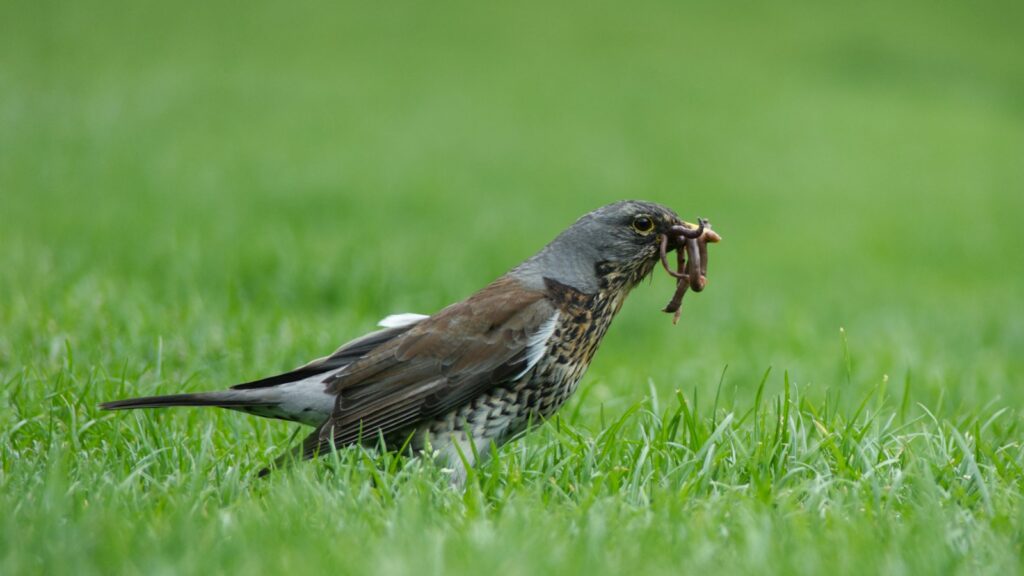
The moist, nutrient-rich environment of a compost pile creates ideal conditions for earthworms and other soil-dwelling invertebrates that birds find delectable. American robins, thrushes, and blackbirds are particularly adept at detecting and extracting worms from compost material. These birds often use a technique called “foot trembling,” where they stomp or vibrate their feet on the compost to mimic rainfall, triggering worms to move toward the surface. A healthy compost pile can host thousands of worms, providing a concentrated food source that birds exploit efficiently. After rain or when the pile is watered, bird activity often increases dramatically as worms become more active and accessible near the surface.
Seasonal Dependence: Year-Round Buffet

Birds’ reliance on compost piles shifts with the seasons, creating a dynamic relationship between avian visitors and decomposing matter. During spring and summer, breeding birds visit compost areas frequently, gathering protein-rich insects to feed growing nestlings. Fall brings migratory species that stop to refuel, finding easily accessible nutrients in compost before continuing their journeys. Winter transforms compost piles into critical survival zones, as the decomposition process generates heat that sustains insect activity even during cold weather. Year-round resident birds quickly learn that compost areas remain productive when other food sources are covered by snow or depleted, making them regular visitors during the harshest months.
The Microbial Connection: Invisible Attraction
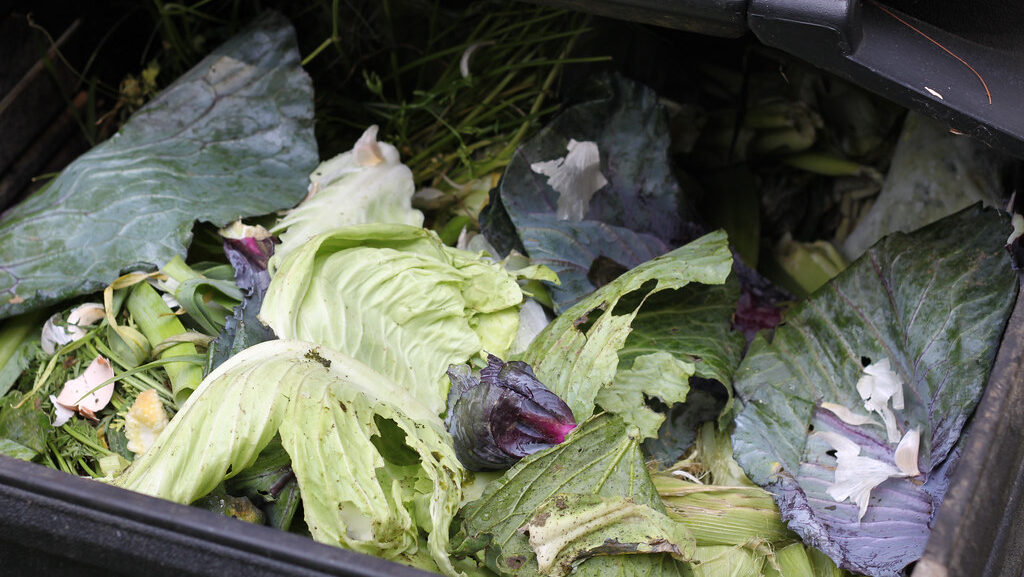
The microbial activity in compost creates conditions that indirectly attract birds through complex ecological relationships. Bacteria and fungi breaking down organic matter release compounds that attract insects, which in turn draw in birds. Some research suggests birds may be able to detect areas of high microbial activity, guiding them to productive foraging grounds like compost piles. The microbial community in compost also helps break down certain toxins and compounds that would otherwise make food items unpalatable or inaccessible to birds. This invisible ecosystem creates a biological hotspot that concentrates bird food in a relatively small area, maximizing foraging efficiency for many species.
Bird Species Commonly Found at Compost Piles
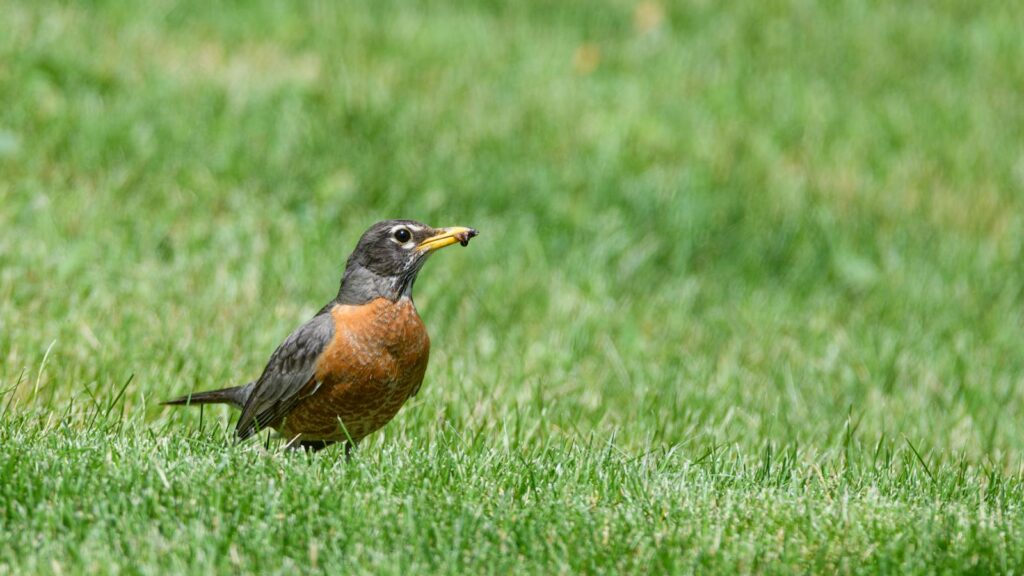
Different compost piles attract different bird species depending on location, composition, and management practices. American robins are perhaps the most recognizable compost visitors, often seen pulling worms and grubs from turned piles. European starlings arrive in noisy groups, efficiently probing for insects with their specialized beaks that can open when inserted into soil or compost. Sparrows and juncos focus on seeds and smaller insects, often appearing in small flocks that take turns feeding while others keep watch. Less commonly observed species like thrashers and towhees employ a distinctive scratching technique, using both feet to kick backward and expose hidden food items in the compost material.
Creating a Bird-Friendly Compost System

Designing a compost system with birds in mind can enhance both decomposition efficiency and wildlife value in your garden. Positioning your compost where it receives partial shade provides birds with nearby perches and protection while they forage. Including a mix of materials—kitchen scraps, leaves, garden trimmings—creates diverse microhabitats that support different insects and consequently attracts a wider variety of birds. Some gardeners incorporate a small water source near their compost area, as birds need to drink and bathe regularly, especially after feeding on salty or dry materials. Maintaining appropriate moisture levels in your compost not only speeds decomposition but also creates ideal conditions for earthworms that many bird species target.
Safety Considerations for Feathered Visitors
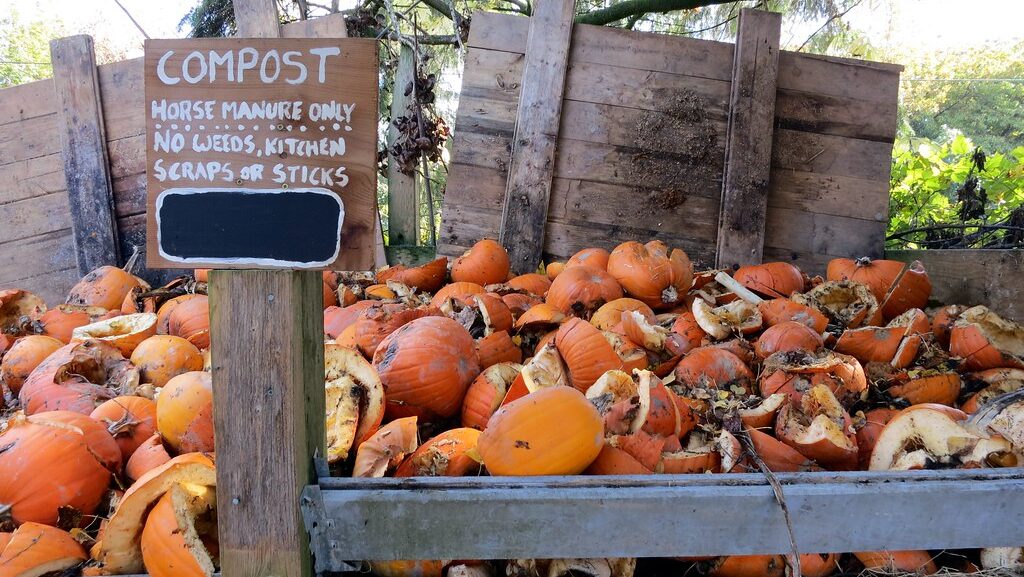
While compost piles offer nutritional benefits to birds, certain practices help ensure their safety while feeding. Avoiding the addition of moldy or spoiled foods prevents birds from consuming harmful mycotoxins that could cause illness or death. Keeping pet waste out of compost designated for garden use protects birds from potential pathogens and parasites that can cross species barriers. Some gardeners choose to avoid composting bread products, which offer minimal nutritional value to birds and can cause dietary imbalances if consumed in large quantities. If using compost accelerators or activators, selecting natural products rather than synthetic chemicals reduces the risk of inadvertently exposing birds to harmful substances.
The Mutual Benefits: How Birds Help Your Compost
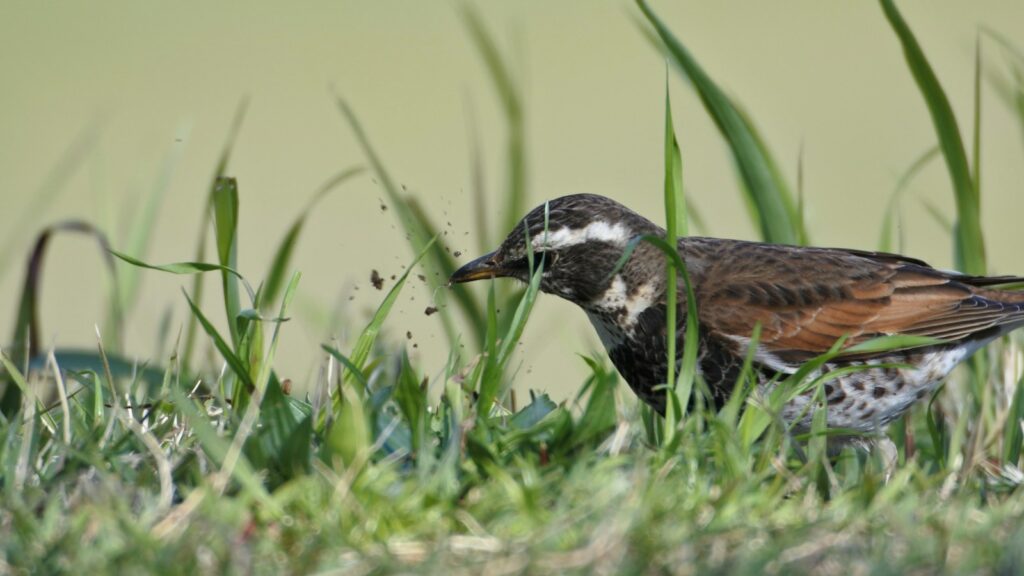
The relationship between birds and compost piles is mutually beneficial, with birds providing several services that enhance decomposition. As birds scratch and peck through compost material, they naturally turn and aerate portions of the pile, introducing oxygen that accelerates the decomposition process. Their foraging activities help control insect populations that might otherwise become imbalanced, maintaining a healthy ecosystem within the compost. Bird droppings contribute additional nitrogen to the compost, enriching its nutrient content for garden use. Some birds inadvertently introduce beneficial microorganisms through their feet and beaks, potentially diversifying the microbial community that drives decomposition.
Observational Opportunities: Compost as a Bird Blind

A compost pile offers unique opportunities for bird watching, providing insights into avian behavior not easily observed elsewhere. Positioning a comfortable seat with a good view of your compost area creates a natural bird blind for photography or nature journaling. Regular turning of compost material on a schedule allows you to anticipate bird visits, as many species quickly learn when fresh insects will be exposed. Keeping a record of bird visitors throughout the seasons reveals fascinating patterns in migration, breeding cycles, and dietary shifts. These observations contribute valuable data to citizen science projects that track bird populations and behaviors across different habitats.
Cultural Perspectives: Birds, Compost, and Human History
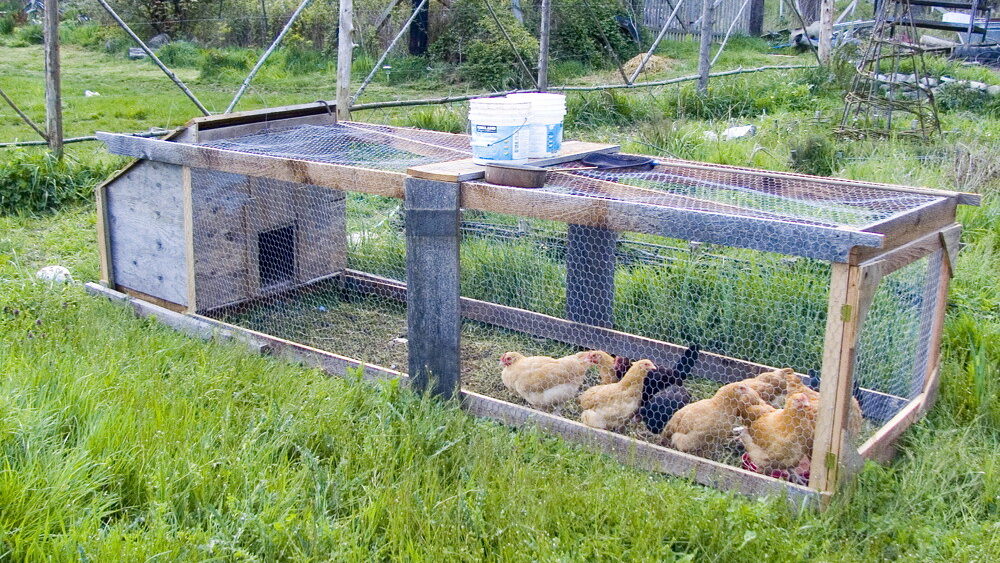
The relationship between birds and decomposing organic matter has been observed and utilized by humans across cultures and throughout history. Medieval European farmers noted which birds visited their midden heaps, using this knowledge to time certain agricultural activities based on bird behavior. Some Native American traditions incorporated observations of birds at decomposition sites into their natural calendars, recognizing the ecological connections between seasons, decomposition, and bird activity. In Japan, traditional farmers observed jungle fowl and other wild birds scratching through compost and leaf litter, which influenced the development of “chicken tractors” and other agricultural techniques that mimic these natural processes. Understanding this historical context helps modern gardeners appreciate how their compost piles participate in ancient ecological relationships that humans have observed for thousands of years.
Enhancing Bird Diversity Through Compost Management
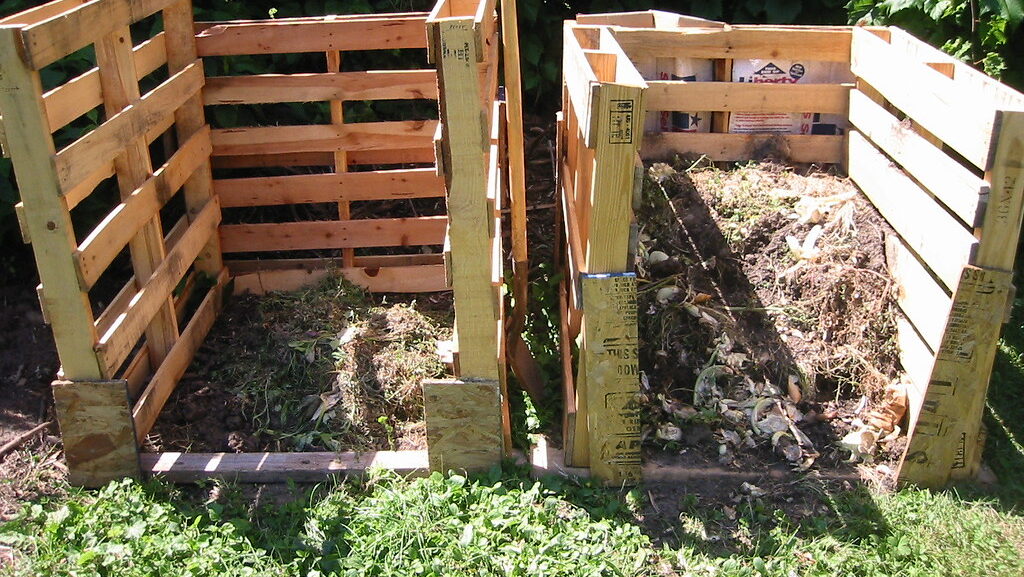
Strategic management of compost systems can attract a wider variety of bird species, contributing to local biodiversity. Creating multiple smaller compost piles rather than one large one provides feeding opportunities for both dominant and subordinate bird species, as territorial birds cannot defend multiple locations simultaneously. Incorporating a range of particle sizes in your compost—from fine materials to larger branches and stalks—creates microhabitats that attract different feeding specialists among bird species. Some gardeners strategically place fall leaves, straw, or other carbon-rich materials near their compost area, providing nesting materials for birds in spring when they’re building nests. This integrated approach transforms compost management from a purely practical garden task into an active contribution to habitat creation and wildlife support.
Troubleshooting: When Birds Become Too Enthusiastic
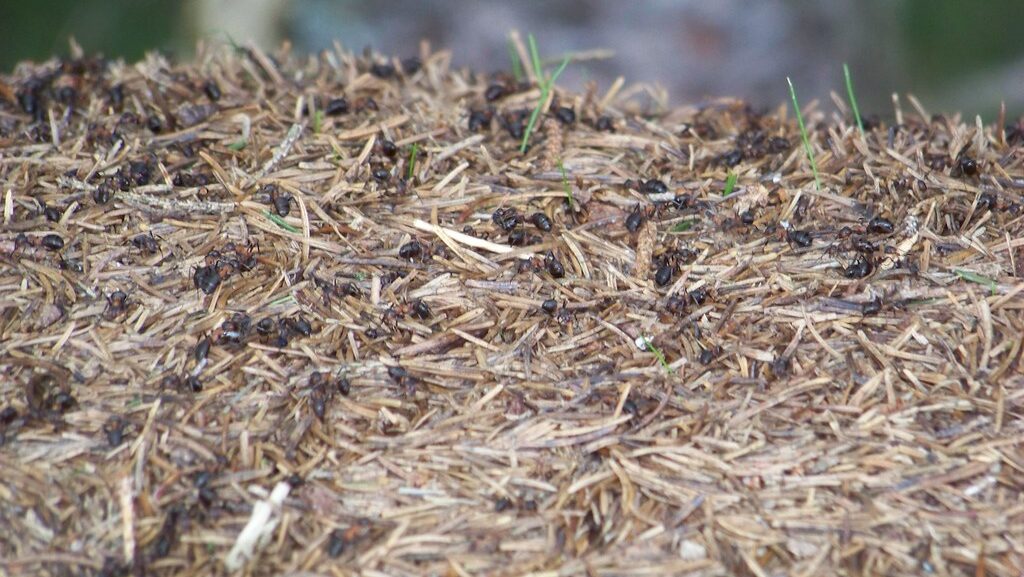
Occasionally, enthusiastic bird activity at compost piles can create challenges that require thoughtful solutions. Covering freshly added kitchen scraps with a layer of leaves or straw discourages birds from scattering materials while still allowing them to forage for insects. Installing a simple screen or permeable cover permits insect activity while preventing larger birds from disturbing compost materials. Some gardeners use enclosed compost systems with small access points that allow insects to enter and exit but restrict larger wildlife including birds. Finding this balance between supporting birds and maintaining an orderly compost system often requires experimentation and observation specific to your local bird populations and garden conditions.
Conclusion
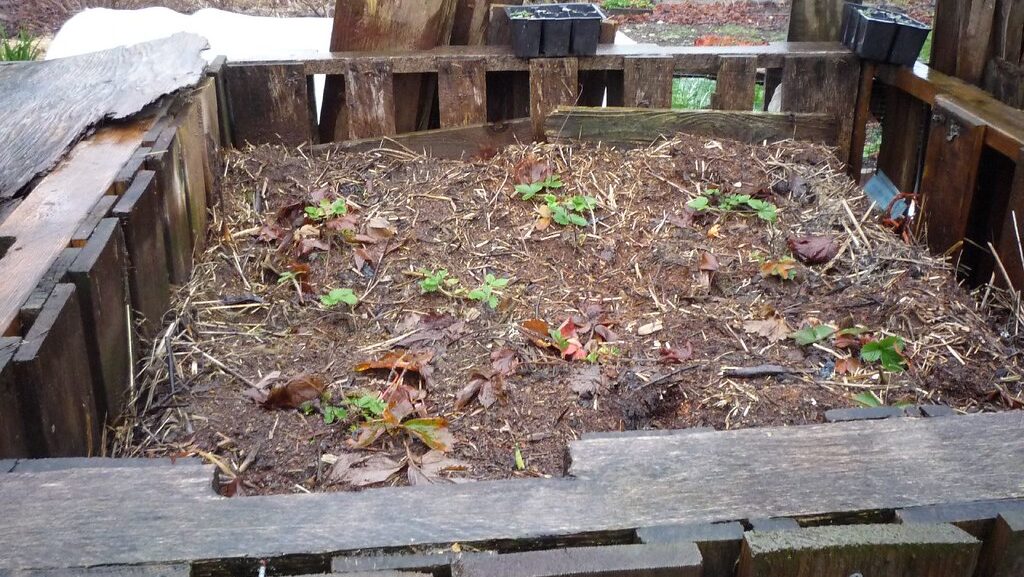
The humble compost pile serves as a microcosm of natural cycles, where waste becomes food and birds play crucial roles in maintaining balance. By understanding why birds find compost piles so attractive, gardeners can make informed decisions that support both efficient composting and healthy bird populations. Whether you’re an avid birder seeking closer wildlife encounters or a practical gardener looking to enhance your compost’s performance, recognizing the buffet you’re providing to local birds adds another dimension to sustainable gardening practices. As we watch robins pull worms from freshly turned compost or sparrows sift through decomposing leaves, we witness an elegant ecological relationship that has evolved over millennia—one that continues to thrive even in our modern backyards.
